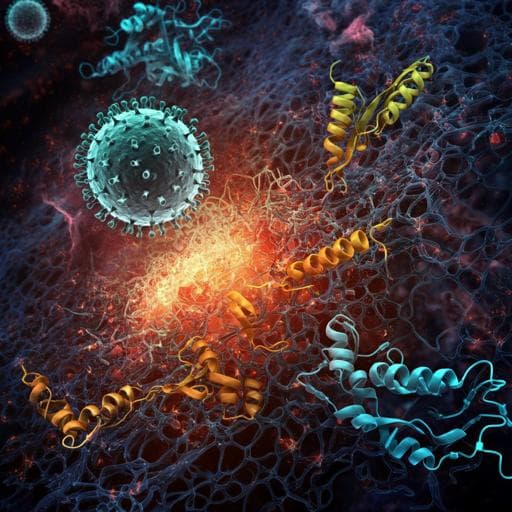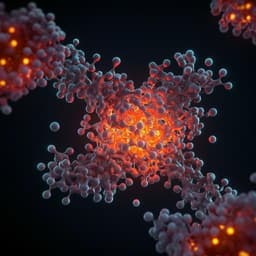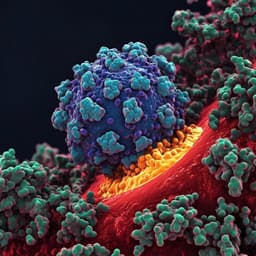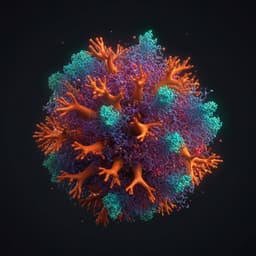
Medicine and Health
Histones released by NETosis enhance the infectivity of SARS-CoV-2 by bridging the spike protein subunit 2 and sialic acid on host cells
W. Hong, J. Yang, et al.
This groundbreaking research reveals how neutrophil extracellular traps (NETs) in antiviral defense may not be what they seem. Instead of combating SARS-CoV-2, the histones released during NETosis actually boost the virus's infectivity. Conducted by a team of experts including Weiqi Hong and Jingyun Yang, this study opens new pathways for COVID-19 therapies.
~3 min • Beginner • English
Related Publications
Explore these studies to deepen your understanding of the subject.







